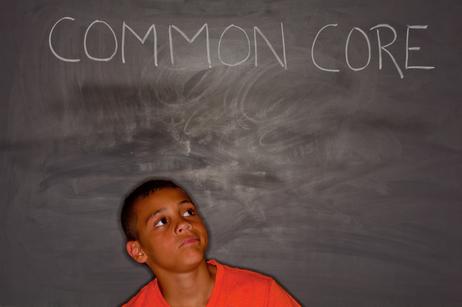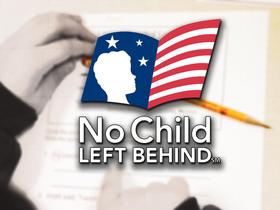Public School Boundaries Explained:
How They Shape Access and Equity
Public school boundaries are more than just lines on a map. They determine where children go to school, who their peers will be, and the resources available to them. For families navigating the education landscape in 2025, understanding how public school boundaries work—and their impact on equity and access—is essential.
This article explores how public school boundaries are drawn, the role they play in educational opportunity, the challenges they present, and the evolving strategies aimed at making the system more equitable.
What Are Public School Boundaries?
Public school boundaries are geographic zones established by school districts to assign students to specific schools. These boundaries:
Define which neighborhood a child must live in to attend a particular public school.
Balance school enrollment across communities.
Reflect district goals related to transportation, demographics, and community cohesion.
In short, boundaries act as the “gatekeepers” of public education. They influence everything from property values to family mobility and often shape the demographic and economic makeup of each school.
How Public School Boundaries Are Drawn
School districts use several factors to set public school boundaries:
Population density: Areas with more children may need additional schools or adjusted boundary lines.
Capacity limits: Schools can only serve a set number of students, requiring careful boundary management.
Neighborhood planning: Boundaries often align with municipal or county lines for simplicity.
Demographic considerations: Districts sometimes redraw boundaries to encourage socioeconomic or racial diversity.
Example: 2025 Redistricting in Action
In




















